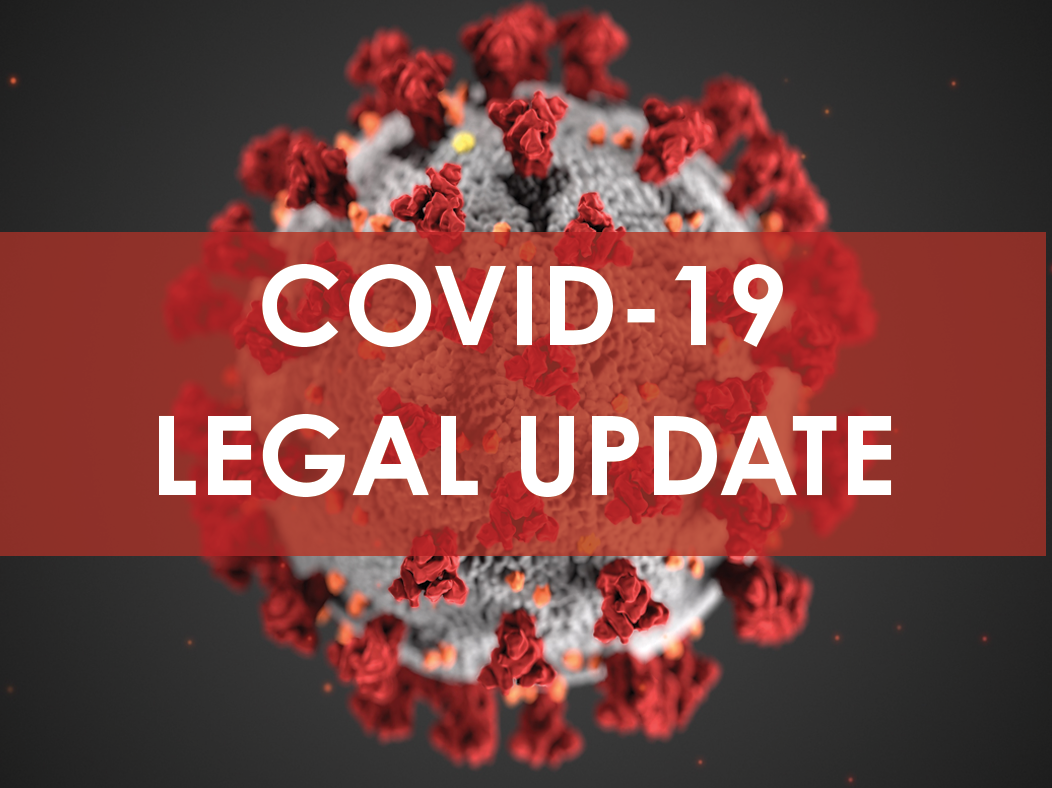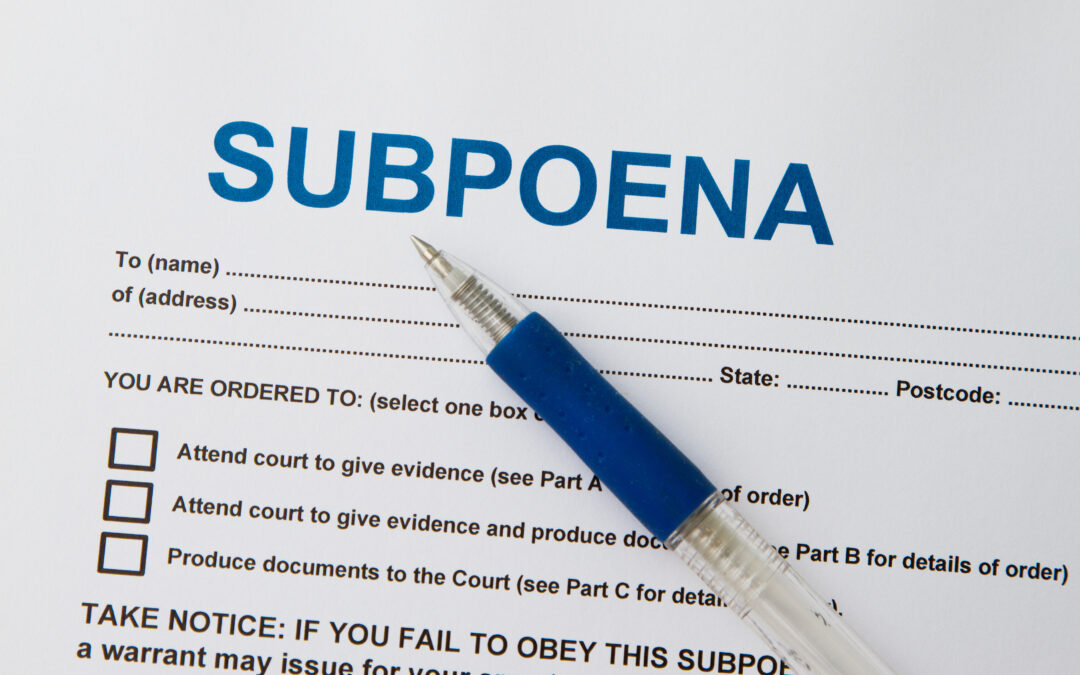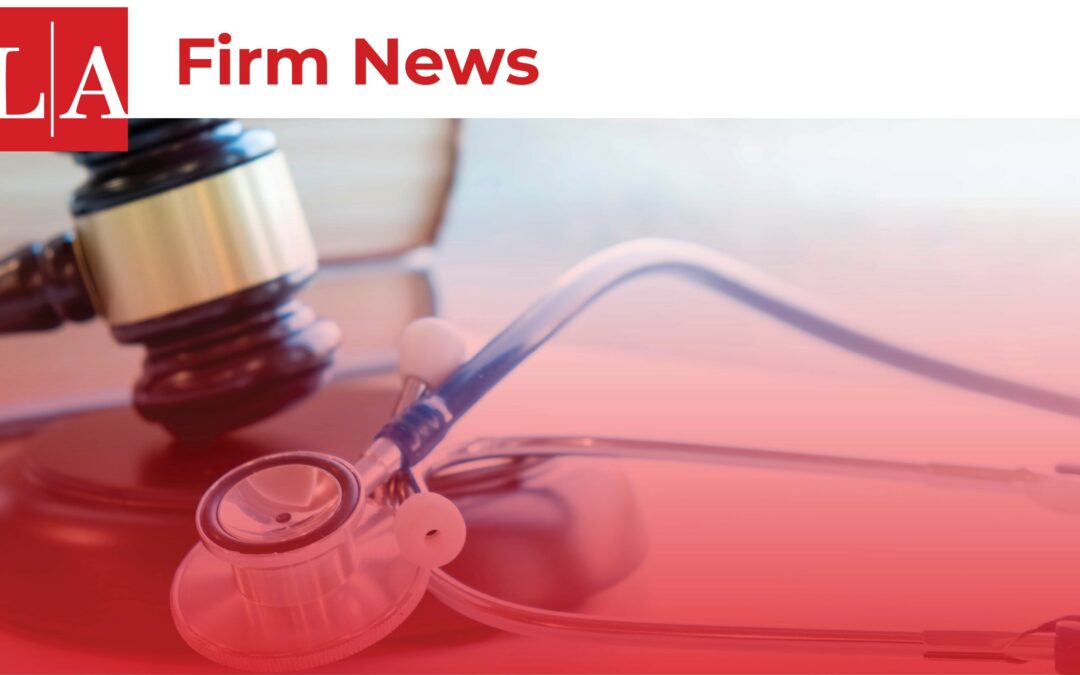On April 24, 2020, we alerted our clients to an important update to Frequently Asked Questions (“FAQ”) guidance from the Small Business Administration (“SBA”). Apparently in response to focused media attention and corresponding public outcry against public companies garnering PPP loans meant for small businesses, the SBA issued FAQ 31 to emphasize the need for borrowers to carefully consider the required certification for PPP applications. In doing so, the SBA significantly expanded the criteria by which borrowers measure whether “[c]urrent economic uncertainty makes this loan request necessary to support the ongoing operations of the Applicant.”
In response to an FAQ which singled out “large companies with adequate sources of liquidity to support the business’s ongoing operations,” the SBA pivoted to ALL borrowers and admonished them to now take into account “their current business activity and their ability to access other sources of liquidity sufficient to support their ongoing operations in a manner that is not significantly detrimental to the business.” Then, the SBA used an example of a public company with substantial market value and access to capital markets as a type of borrower likely unable to make the required certification in good faith. On April 23, despite the “all borrowers” language, many borrowers may still have assumed that it was only large, public companies who had certification problems.
But, five days later, on April 28, the SBA issued FAQ 37 addressing the eligibility of “private companies with adequate sources of liquidity to support the business’s ongoing operations” for PPP funds and answered by a simple reference back to FAQ 31. Clearly, what the SBA said about public companies applies to private companies as well. The next day, it pushed out FAQ 39 promising to review loans in excess of $2 million and “other loans as appropriate” at the time the borrower applies for loan forgiveness.
Bottom line: All borrowers should expect scrutiny. And not just from the SBA and the Department of Treasury. Sen. Marco Rubio has vowed to ensure that the names of all entities getting a PPP loan will be made public.
These FAQs raise many more questions than they answer:
- What are “other sources of liquidity”? The CARES ACT specifically dispensed with the usual SBA loan requirement that the borrower demonstrate inability to obtain a loan elsewhere, so what does FAQ 31 require a borrower to consider? In context, a physician group may not have access to capital markets, but what about its cash reserves? Existing lines of credit? Rainy day fund?
- What does “significantly detrimental to the business” mean? Must every PPP borrower demonstrate that it believed it could not keep the doors open without the PPP funds? Clearly, there are businesses in that category – and they will have little angst about making the certification. But what if a borrower’s use of “other sources of liquidity” now means that those cash reserves or lines of credit will not be available to keep employees working if a “second wave” of the virus shutters the economy again?
- Is a borrower’s genuine concern that today’s economic uncertainty will have a significant detrimental effect on its business six months from now enough to justify keeping PPP money?
- What if the use of the PPP funds for payroll, rent and utilities over the next eight weeks results in a fair amount of cash at the end of the year to distribute to physician owners? How much will hindsight be a factor in determining the good faith of a certification?
- Part of the problem with any analysis of the PPP certification requirement is that money is fungible and hindsight is 20/20. Is the PPP loan designed to keep your practice from failing (most definitely) or to keep you in the lifestyle to which you have become accustomed (maybe not)?
This FAQ flurry of activity, and lack of concrete guidance from the federal government, raises serious considerations for ALL borrowers under PPP, so we urge our clients to take the following actions right away:
- Revisit your certification, especially in light of the adoption of FAQ 31, 37 and 39. The economic uncertainty for most physician practices may not be all that hard to demonstrate. If you have access to other sources of liquidity, then you must determine whether their use will have a significant detrimental effect on your business operations. Be sure you can answer “yes” to the following the question: “Did you really believe at the time of the application that you really needed the PPP money?”
- If, after consideration of other sources of liquidity, you conclude that you cannot make the certification, pay back the PPP money you received by May 7 – the SBA will consider your original certification (if made before all the clarifying FAQs) to have been made in good faith.
- If you decide to keep the funds you have already received or continue to pursue your PPP application, you most definitely need to augment your files to document how you concluded that you needed PPP funds. Show your work. Identify and thoroughly document all of the reasons you determined to apply for the PPP loan.
- Make a detailed written record of discussions among the group owners about the effects of COVID-19 on your practice and your workforce. Consider other sources of liquidity and document why accessing them would be significantly detrimental to your business.
- Keep copious and contemporaneous documentation of thought processes, analysis of patient volumes, decreased revenues, state and local governmental orders that restricted services, and especially actual and potential impacts on staffing decisions such as pay cuts, furloughs and lay-offs. It is, after all, a payroll protection program, designed to keep people employed. The extent to which your documentation shows that you had reasonable concerns that you could not have kept your staff working or would have had significant reductions without the PPP loan may make all the difference when SBA auditors are reviewing your loan file.
- Document any adverse effects of using telemedicine, implementing social distancing, reorganizing your office procedures and protocols, limiting patient volume, slow re-openings, etc.
- Do all of this now. Do not wait until eight weeks have passed and you are trying to recreate what happened for your forgiveness application.
While the SBA assures us that all loans in excess of $2 million will be audited, we have had enough experience with whistleblowers to know that no PPP borrower is safe from examination. So, was the PPP loan necessary to keep your practice from failing or to keep you in the lifestyle to which you have become accustomed? We expect that most of you will fall somewhere in between those extremes and we understand you may have good faith, reasonable, legitimate concerns about the effects the economic uncertainty arising from the effects of the pandemic will have on your practice.
After making a certification to that effect when you first applied for your PPP loan, it is indeed frustrating that the latest guidance from the federal government is now compelling you to reconsider your circumstances. Nevertheless, we strongly recommend you analyze your previous certification and make sure you are comfortable making the same certification in light of this latest guidance.
The COVID-19 pandemic and response is an evolving situation. All levels of government are engaged in the process of preparing new legislation, regulations and orders both to stem the spread of the virus and to provide relief to employers and employees. We will continue to monitor the situation and provide updates as applicable, especially as such updates affect healthcare providers and their practices.
For more updates on this topic and other legal updates related to the COVID-19 pandemic, please visit our COVID-19 Legal Resource Page by clicking here.


